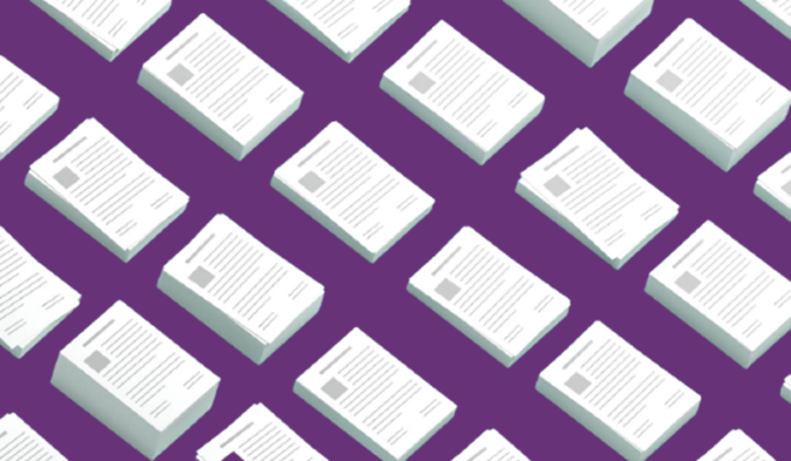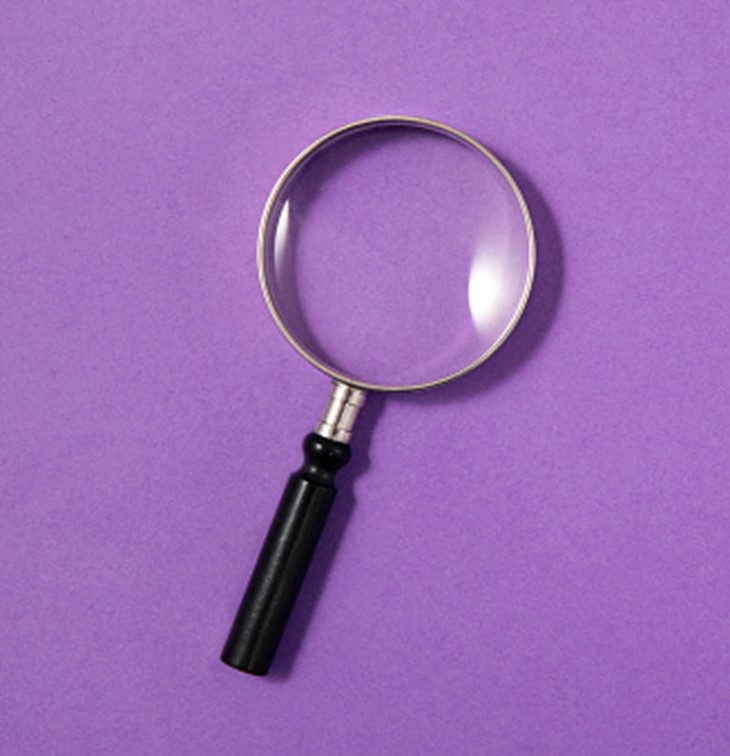 Managing the financial record keeping for a business can feel like climbing a mountain, with no clear sign of the top. While trying to handle the variety of transactions and making sure everything is correct in the end, it is extremely important that you have a system that works for you and your business.
Managing the financial record keeping for a business can feel like climbing a mountain, with no clear sign of the top. While trying to handle the variety of transactions and making sure everything is correct in the end, it is extremely important that you have a system that works for you and your business.
FIND A SYSTEM THAT WORKS FOR YOU
Whether you are just starting your business or have been handling your bookkeeping for some time, having a system that works for tracking your business transactions is crucial. It is far too common for the bookkeeping to get out of hand and require a professional to step in to help get things in order. As a small business, this additional expense can be minimal…with the right team and support from the get-go.
 If you find that you are always dreading your bookkeeping due to the headache that comes along with it, you might just be using the wrong system for YOU! Or perhaps you just need the right tips and tricks to go with it.
If you find that you are always dreading your bookkeeping due to the headache that comes along with it, you might just be using the wrong system for YOU! Or perhaps you just need the right tips and tricks to go with it.
There are many ways to do your bookkeeping, from a variety of accounting software to an old-fashioned manual approach. Some people who are more technologically inclined may choose the modern approach of using an online accounting software, like QuickBooks Online, for their needs while those who are more comfortable with a simple spreadsheet or pen and paper may choose to handle their bookkeeping manually.
This decision of modern or traditional should be based on your preference and what works for you. But before you jump the gun and choose the old-fashioned pen and paper option, we are also QuickBooks Certified ProAdvisors and can share some tips and tricks on how to make QBO your business’ new best friend.
ORGANIZE YOUR DOCUMENTS
Once upon a time, the good’ol shoebox was filled with your records, invoices, receipts, and other financial documents which of course, always just led to headaches when it came to finding a specific receipt for your accountant or those pesky CRA audits! Time is money as they say, and your time has great value which should be focused on your business moving forward and not wasted digging through tons of receipts.
Whether it is paper folders in a filing cabinet, electronic folders on your hard drive, or even an app, creating an organizational system for your receipts and such so you can easily access them is vital. Knowing where your receipts and invoices are essential to making your job less stressful and tedious.
KEEP BUSINESS AND PERSONAL FINANCES SEPARATE
Don’t pay with the first card you pull out of your wallet! It can be easy to blur the line between business and personal since all the money is yours at the end of the day. But when it comes to financial reporting and/or filing of your small business taxes (sole proprietor or corporation), keeping them separate is extremely important.
When you use the same account for both business and personal expenses, those transactions will need to be manually separated for entering your bookkeeping, thereby adding more work to your pile. This can also lead to issues if you are unsure if a transaction was truly a business or personal expense.
While some transactions may have both a business and personal component, that is where your accountant comes in handy and will help determine what portion, if not all, should be reported by the business.
Having your business and personal bank accounts (credit cards too) separate will help you do the books much faster and provide a better eye for your business’ performance and future management decisions. This will also help your credibility and legitimacy of your business transactions when CRA does a review or audit and let’s face it, when this happens, we all want this to be a super smooth process on all accounts.
PAYING BY CASH? DON’T FORGET TO RECORD THE TRANSACTION.
 Most business owners rely on their bank and/or credit card statements when entering transactions in their books. But what about when you pay with cash?
Most business owners rely on their bank and/or credit card statements when entering transactions in their books. But what about when you pay with cash?
Although we don’t recommend it, paying by cash is easy and is therefore, easily overlooked when recording the transactions. When this happens, it can bring down your total expenses resulting in higher taxes.
When you pay with cash, make sure the receipt notes that it was a business expense and set it aside for the next time you do some bookkeeping. This will ensure that all your expenses are accounted for, your profit is more accurately portrayed, and you don’t pay more tax than you should.
ACCOUNTS PAYABLE & ACCOUNTS RECEIVABLE
Accounts Payable (payables) keeps track of what you owe your suppliers and vendors while Accounts Receivable (receivables) keeps track of the customers, clients or patients that owe you for the goods and services you have provided.
Although these descriptions might sound like you need both, your business might not actually require it and often having both accounts, if not needed or used properly, will just make your bookkeeping more complicated and time consuming.
Many small businesses often pay all their bills as they are received. There are often no credit terms extended to them so if you pay when purchasing or have automatic payments from a business bank or credit card, it is much easier to just record the expense (one entry) as opposed to recording a payable followed by a payment (two entries). If this is the case, then an Accounts Payable account may not be necessary or beneficial to your books and record keeping process.
The same goes for your receivables. If you require payment up front for the goods or services you provide, you can record a sales receipt (one entry) as opposed to recording an invoice which goes through your Accounts Receivable followed by recording the payment received (two entries).
Look at your business and how it runs to determine whether you need the Accounts Payable or Accounts Receivable account (for some, it may be none, either, or both!).
THE PROFIT AND LOSS STATEMENT IS NEVER REVIEWED
 We get it, owning your own business is lots of work! With many hats to wear and things to juggle, it is very easy to overlook checking in on your business’ success, growth, and profit. However, not checking this periodically can lead to your business running less efficiently and, in the end, less profit for you!
We get it, owning your own business is lots of work! With many hats to wear and things to juggle, it is very easy to overlook checking in on your business’ success, growth, and profit. However, not checking this periodically can lead to your business running less efficiently and, in the end, less profit for you!
Your profit and loss (P&L) statement shows how well your business is doing, providing insight into your revenue and expenses for a specific period. This statement can be used to see how much your business is spending versus receiving/earning in revenue. Although easier to do with QBO or accounting software, the P&L can also be compared period-to-period or year-to-year to see the changes or patterns. If it seems too inconsistent with your other periods, you can take a closer look at the revenue and expenses for any discrepancies and/or ways to increase your business profit.
COPIES OF YOUR OLD RECORDS
It is always better to have it and not need it, than need it and not have it! It is common for business owners to overlook keeping copies of their books and records, especially if the business is changing and/or shutting down.
Your records are required for numerous reasons. Sometimes, banks will require a review of your historical financial records, like when applying for a loan, mortgage, or refinancing. CRA may even require this if you ever find yourself in the middle of a review or audit. Remember, they can generally go back 3 years from date of assessment (or reassessment, if applicable) however if they suspect anything, they can go back more than 3 years. Or if you are changing your bookkeeping software and will lose access to it once you stop paying the subscription, it is crucial to export and keep a copy of your books and records for the future.
This may not seem necessary, but you could find yourself needing a copy down the road, face loans being denied and/or CRA problems resulting in additional taxes, penalties, and interest.
ALLOW YOURSELF TIME
Bookkeeping can be a tedious task and if left undone, leads to a backlog of transactions that need to be entered. If you leave your bookkeeping for the last minute, you could also find yourself forgetting what some transactions are for and/or group them into incorrect accounts.
Setting aside time on a regular basis to keep your bookkeeping up to date is the best way to ensure that all your transactions are being entered, recorded before they are forgotten, and errors are found quicker and easier.
In our experience, small businesses using QBO, the auto-download feature requires about an hour or two per month for matching transactions and reconciling bank and/or credit card accounts. This does not include invoicing, payroll, or the time you should spend reviewing your financial statements.
Once you figure out how to track your transactions and which method suits you, bookkeeping can be a walk in the park rather than the task you always dread. Owning and running a business requires wearing many hats. Don’t let your business become a burden. Sometimes you can do it all while other times, you need a team. Remember to stop and enjoy your business too.
***This blog is for information only and not to be used as tax advice or planning without first seeking professional advice. Information is subject to change without notice.
